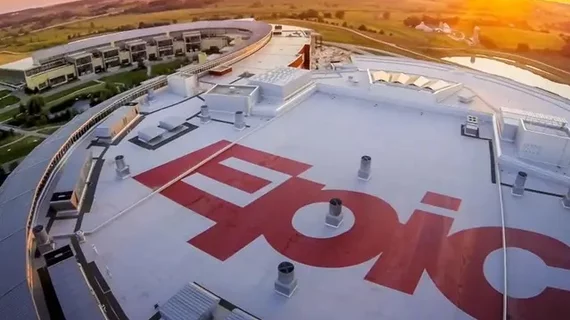Epic claims interoperability feature averted over 5.8M duplicative imaging exams in 1 year
Electronic health record giant Epic says one of its interoperability features helped healthcare providers avert over 5.8 million duplicative medical imaging exams in a single year.
This would amount to between 400,000 and 500,000 unnecessary scans each month, the Verona, Wisconsin-based vendor said in research published last month. If each avoided exam were a simple chest X-ray with two views, the total savings would be between $310 million to $523 million. However, if just half of these orders were pricier MRIs of the chest with contrast material, the savings would balloon to between $1.5 billion to $2.6 billion.
“While imaging studies are an important part of providing care, unnecessary imaging studies are expensive, time-consuming, and can expose patients to risks such as radiation, intravenous contrast, or additional workup of incidental findings,” Kersten Bartelt, RN, a researcher and informaticist with Epic, and colleagues wrote. “Sharing health data through interoperability standards can improve efficiency and quality of care for patients who seek care in multiple systems,” they added later.
Providers using Epic’s EHR can be notified when they request an imaging exam for which the patient has already received a similar order or recent result. They then can choose whether to move forward with the order or cancel it. Epic said this feature has been available for over a decade, used by hospitals or clinics that are part of the same organization, along with independent provider entities that share records. The EHR vendor expanded the functionality in 2021 to also include duplicate-order checking across other external organizations. As of November, Epic estimates that over 3,000 hospitals and 774,000-plus physicians were connected through its interoperability framework.
The analysis is based more than 32.4 million imaging notifications logged during the year ending in April 2024. Epic noted that that it saw a steady increase over the study period, with notifications for duplicate imaging increasing from about 0.4% of orders in April 2023 up to 1.1% a year later. This represents a roughly 160% increase or nearly 246,000 additional during the study period.
Epic noted that the data come from summarized metrics of all organizations that use its EHR and duplicate order-checking system. Two separate research teams undertook the same study separately and reached similar conclusions, the company said. You can read more about the methodology here.

